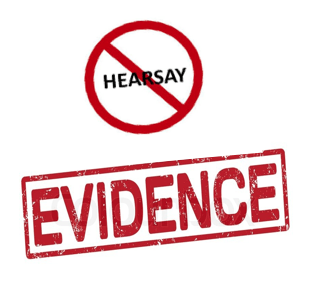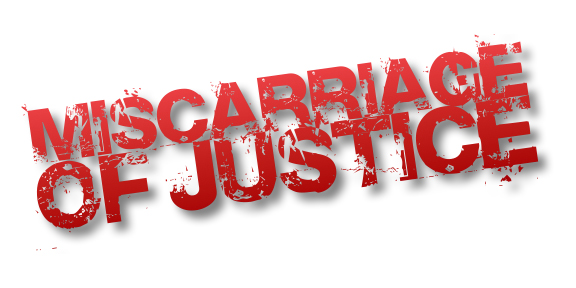We post news and comment on federal criminal justice issues, focused primarily on trial and post-conviction matters, legislative initiatives, and sentencing issues.

QUIS CUSTODIET IPSOS CUSTODES?
 I owe a debt of gratitude to my sainted Latin teacher, Emily Bernges, late of Sturgis, Michigan. One of the best teachers I ever had, Mrs. Bernges instilled a love of the great dead language in me… so much so that decades later, when I read that the Dept. of Justice Office of Inspector General caught some BOP corrections officers sneaking past the metal detector, I immediately thought of the Roman poet Juvenal’s lament.
I owe a debt of gratitude to my sainted Latin teacher, Emily Bernges, late of Sturgis, Michigan. One of the best teachers I ever had, Mrs. Bernges instilled a love of the great dead language in me… so much so that decades later, when I read that the Dept. of Justice Office of Inspector General caught some BOP corrections officers sneaking past the metal detector, I immediately thought of the Roman poet Juvenal’s lament.
Quis custodiet ipsos custodes? As Emily taught me to translate it, “Who shall guard the guards themselves?”
The Inspector General issued an urgent advisory a week ago, reporting that a “review of an unidentified BOP facility’s video monitoring system revealed that staff were able to enter the facility during the night shift and walk around the metal detector without being screened. After discussing the matter with BOP personnel at the facility, we are concerned that this presents systemic concerns.”
Fox News reported that the IG’s recommendation came in connection with an investigation of the presence of contraband at the unnamed federal prison. (I might add that since I mentioned this in last week’s newsletter, I have inmates at a dozen or better places email me to volunteer that the unnamed institution had to be their facility. How far matters have devolved!
The advisory, which had been delivered to the BOP a week before, recommended that BOP staff members not be allowed to enter an institution without being screened by other personnel, and the BOP should ensure that its facilities are properly staffed to ensure that all staff and their belongings are properly searched before staff enters BOP facilities.
Carvajal said the BOP was immediately adopting the recommendations.
Other bad news for the BOP last week: ABC News reported last week that while it’s customary for the BOP to carry out an after-action review of a major incident that occurred inside a federal prison within months of an incident, the report on how Jeffrey Epstein killed himself at MCC New York has yet to be released, two years after the suicide. Former Attorney General William Barr, just days after the death in 2019, said, “We will get to the bottom of it, and there will be accountability.”
 Tyrone Covington, the MCC union local president, said he’s hoping it comes out so the public can see “what took place, and end some of the skepticism out there about the Bureau of Prisons, and what happened to Jeffery Epstein.”
Tyrone Covington, the MCC union local president, said he’s hoping it comes out so the public can see “what took place, and end some of the skepticism out there about the Bureau of Prisons, and what happened to Jeffery Epstein.”
Finally, USA Today and The Marshall Project reported last week that despite the First Step Act’s requirement that the federal prison system expand access to medications for prisoners addicted to opioids (and the millions appropriated to fund the program), as of July, the BOP had managed to put only 268 people on medications to treat opioid dependence. This is less than 2% of the more than 15,000 people the BOP itself estimates are eligible. Even while the DOJ investigates other prisons and jails for not providing these medications, the Bureau “lacks key planning elements to ensure this significant expansion is completed in a timely and effective manner,” the GAO said in a report last May.
DOJ Inspector General, Notification of Urgent Security Concerns Involving Staff Entering BOP Facilities (August 12, 2021)
Fox News, Department of Justice urges Bureau of Prisons to tighten security around searching staff (August 12, 2021)
ABC News, More questions than answers 2 years after Epstein’s suicide (August 11, 2021)
USA Today, Drugs that treat opioid addiction and overdoses not widely available in federal prisons (August 10, 2021)
GAO, Improved Planning Would Help BOP Evaluate and Manage Its Portfolio of Drug Education and Treatment Programs (May 2021)
– Thomas L. Root


























